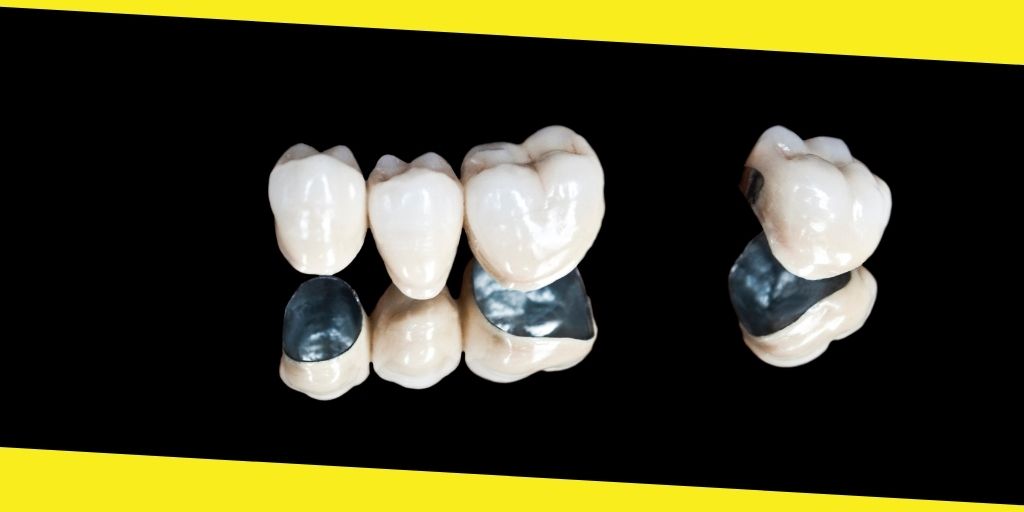
As much as 40 percent of adults have dental crowns according to some recent reports from the medical sector. Crowns are typically used to cover and protect broken, cracked, and chipped teeth from further damage and decay. They’re also used to support dental bridges when necessary and to provide extra structural reinforcement following root canal procedures. While crowns are used frequently for various issues, losing them is just as common. They can last anywhere from 10 to 15 years as long as they’re taken care of properly, but it’s not unusual for them to break or come loose.
What to Do If You Lose a Crown
In the event you lose a crown, the first step to take is calling your dentist and scheduling an appointment for Dental Services as soon as possible. If you’re in pain, be sure to make this known so you can get an appointment quickly. Otherwise, there’s no harm in waiting a few days for an appointment. Just don’t put off crown repair or replacement for any longer than you absolutely have to. The longer you wait, the higher your risk will be for developing pain, infections, and other issues.
Assess the Situation
To determine whether you need immediate care or can wait a few days to have your dental crown repaired or replaced, take a moment to assess the situation. Pain is certainly a factor to consider, but it’s only one piece of the puzzle. Does the exposed tooth have jagged edges that could cut your tongue or inner cheeks? Is the crown or a portion of it dangling precariously from the tooth? If it is, it could be a choking hazard or cause damage to your other teeth. In either of those cases, an emergency visit is in order.
Use Caution When Eating
Until you can visit the dentist to have the problem resolved, be careful about what you eat. It’s a good idea to avoid extremely hot or cold foods and beverages, such as coffee and ice cream. Those could cause pain in the exposed tooth. Try to avoid overly sticky, chewy, or hard foods, such as caramel, gum, and pretzels, as well. Those could cause further damage to the tooth.
Brush Carefully
When brushing, be particularly careful around the damaged crown and exposed tooth. Brush it thoroughly to remove any food, bacteria, and other substances that could gather in the tooth, but don’t be too rough. Keep an eye on the tooth and the soft tissues surrounding it to be sure additional damage and inflammation aren’t becoming an issue.
Stay Calm and Act Quickly
Those are the most important measures to take if a crown cracks, falls out, or becomes loose. If you find the crown and it’s intact, consider keeping it. You may be advised to temporarily put it back into place with denture adhesive. You can take it to your dental appointment as well. Your dentist may be able to put it back into place. Don’t worry if the crown is broken or altogether lost, though. A new one can easily be made.
Above all else, stay calm, and call your dentist as quickly as possible after a problem develops with a crown even if you’re not in pain. Don’t wait until the exposed tooth becomes painful or causes further injury. Broken and lost crowns can quickly and easily be resolved, so there’s no reason to put off getting help in a situation like this.